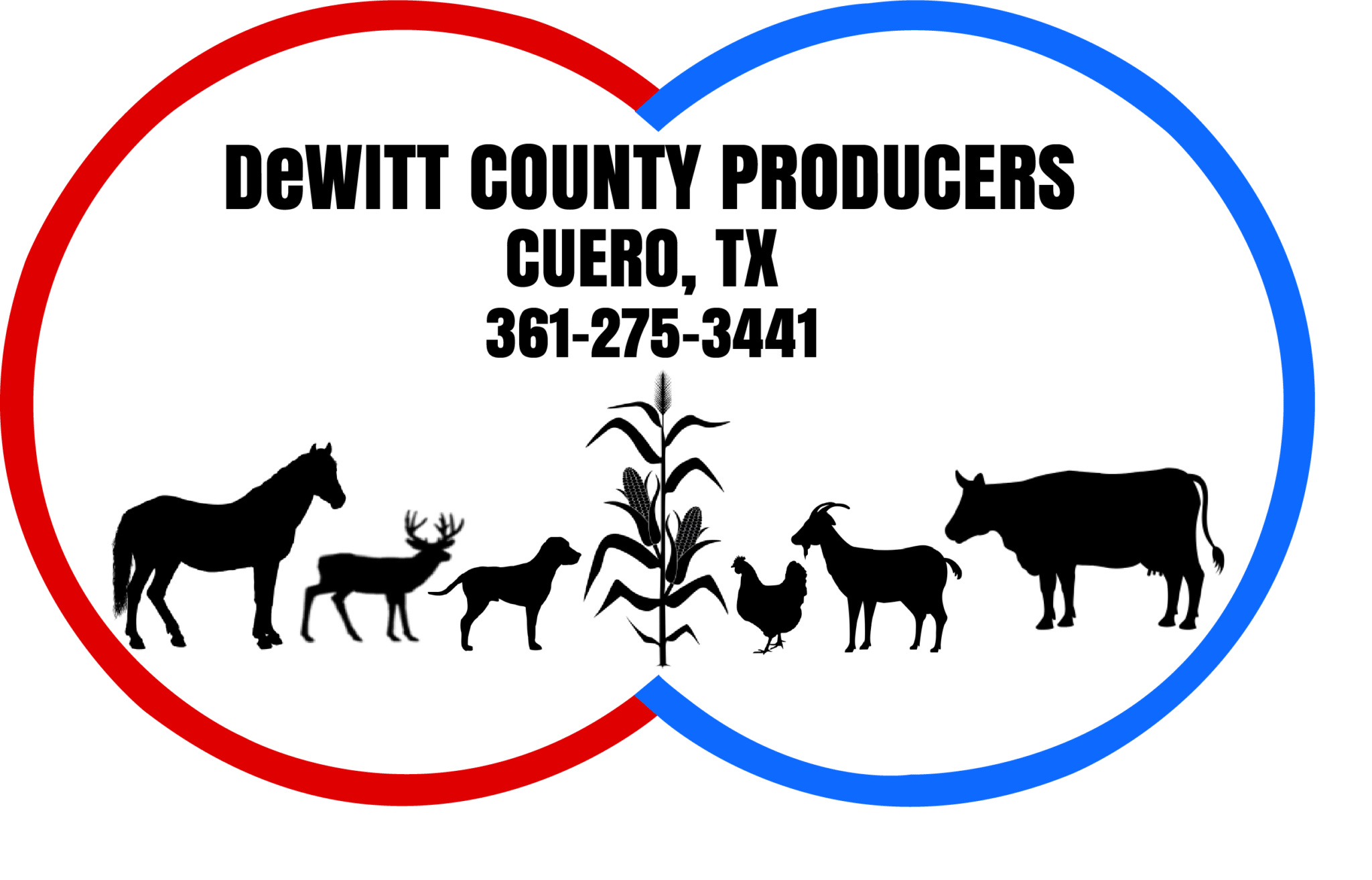Key Takeaways on Choosing Cattle Fencing (The TL;DR)
Before you make a choice, here are the most important things to know:- It costs about $31,734 per mile to put up barbed wire. It lasts for 15 years and is cheap, but it can hurt you if you don’t use it right.
- Woven wire blocks predators but deforms over time. Its shorter lifespan makes it pricier in the long run, even though upfront costs are similar to barbed wire.
- Fixed-knot high tensile fencing lasts up to 30 years. It has the lowest annual cost at $1,163 per mile, making it a strong long-term investment.
- Electric fencing costs around $1,300 to install. It allows flexible grazing management, but it needs a steady power source to work.
- The purpose of the fence will help you choose the right one. High tensile is good for big pastures, but woven wire or fixed-knot is better for paddocks.
- Electric or fixed-knot fencing is best for bull pens.
- To extend fence life and cut repair costs, ensure proper post spacing, correct wire tension, and regular inspections.
Types of Cattle Fencing Materials
Fences fall into different categories depending on material, cost, and durability.
Barbed Wire Fence
Barbed wire has been a popular choice for cattle fencing for over 150 years. Farmers usually use four to six strands for perimeter or cross fencing. It’s seen as a budget-friendly option, but it’s not the cheapest. The cost goes up because T-posts need to be placed every 10 to 12 feet, along with stays or stiffeners. Barbed wire can also be hard for cattle to see and may cause injuries to animals or people.
Woven Wire Fence
Fixed-Knot Wire Fencing
Electric Fencing
Factors to Consider When Choosing a Cattle Fence
Picking the right fence for your cattle is important. It helps keep your herd safe, your costs down, and your farm running smoothly. Here are the main factors to think about:
How long will the fence last?
Cost of Fence
- Barbed Wire – Affordable at about $4.74 per foot. Total cost is $31,734.70 per mile. It lasts around 15 years, making the yearly cost about $2,115.65 per mile.
- High Tensile Fencing – Costs about $5.46 per foot and $35,117.80 per mile. It lasts about 10 years, so the yearly cost is higher at $3,511.78 per mile.
- Fixed-Knot High Tensile – Similar cost to low tensile fencing ($5.42 per foot). But it lasts up to 30 years, dropping the yearly cost to $1,163.55 per mile. It’s a smart long-term investment.
- Electric Fence – Very flexible and budget-friendly. Installation costs range from $500 to $5,000. On average, it costs about $1,300.
Maintenance Requirements
Animal Safety
Your fence plays the main role in keeping livestock safe. Barbed wire is a reliable and cost-effective choice, but for added safety, consider a woven wire or fixed knot fence. These options are strong and less likely to injure your animals. A secure, well-built boundary wall protects your cattle and makes daily ranch work easier.
Fencing Solutions for Different Cattle Setups
Every cattle operation is unique. The right fence depends on your setup and herd. Here’s a look at common systems and options that work best:
Large Pastures
Small Paddocks
Smaller paddocks call for better control of cattle movement. Woven wire fencing is a versatile choice for different livestock. Fixed-knot wire is even stronger, requiring fewer repairs over time. It is perfect for rotational grazing setups.
Calving Areas
Safety is critical in calving areas. Woven wire with smaller openings protects calves from predators, while a strand of barbed wire on top adds security. If the budget allows, a high-quality steel fence offers even more protection.
Bull Pens
Installation and Maintenance Tips
A good fence starts with proper setup and regular care. Here’s how to keep it in top shape:
Post Placement
Tensioning the Fence
Tight wires make for a strong fence. Anchor the wire to the corner posts first, then use the right tools to pull it tight along the line. Avoid over-tightening, which can weaken the wire and cause breakage.
Regular Inspections
Quick Repairs
Don’t wait to fix issues. Patch small problems with the right tools and replace damaged sections when needed. Fast repairs keep your fence secure and extend its life.
Why the Right Fence Matters
A durable enclosure keeps your cattle safe and your operations running smoothly. Choosing high-quality materials, installing them properly, and doing routine maintenance all help your fence stand the test of time.
At DeWitt County Producers, we’re here to help. As a Texas-based cooperative, we provide ranchers with high-quality fencing materials, feed, seed, and fertiliser, plus expert advice. Visit dewittproducers.com to learn more.
FAQs
What is the best fencing material for cattle?
High-tensile woven-wire steel mesh with a fixed knot design is strong, durable, and ideal for cattle security.
How high should a cattle fence be?
At least 49 inches tall (almost 4-4.5 feet). For bulls, consider a 5-foot fence for extra safety.
How far apart should the fence posts be?
Space posts no more than 8 feet apart for cattle. For smaller livestock, such as goats or sheep, 10–12 feet is suitable.
What kind of wood is best for fence posts?
Oak and pine are excellent choices because they’re strong and weather-resistant.

